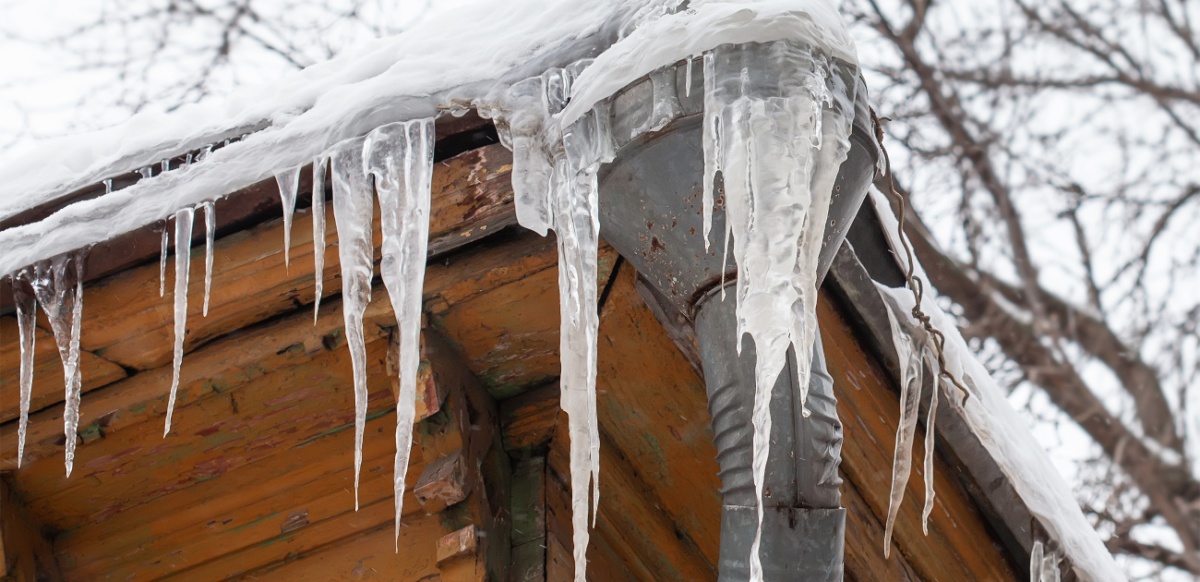How to Protect Pipes from Cold Weather Damage: Essential Tips
How to Protect Pipes from Cold Weather Damage: Essential Tips
Blog Article
The writer is making several great observations on the subject of Prevent Frozen Pipes overall in the content just below.

Winter can damage your plumbing, especially by freezing pipelines. Below's how to avoid it from happening and what to do if it does.
Introduction
As temperature levels drop, the risk of icy pipes boosts, potentially causing expensive fixings and water damages. Recognizing how to stop icy pipelines is vital for homeowners in chilly environments.
Prevention Tips
Protecting vulnerable pipelines
Wrap pipes in insulation sleeves or use warm tape to shield them from freezing temperatures. Concentrate on pipelines in unheated or outside locations of the home.
Home heating methods
Keep indoor rooms appropriately warmed, especially areas with plumbing. Open up cupboard doors to enable cozy air to distribute around pipelines under sinks.
How to identify icy pipes
Try to find lowered water circulation from faucets, unusual odors or noises from pipes, and visible frost on exposed pipes.
Long-Term Solutions
Structural changes
Think about rerouting pipelines far from exterior walls or unheated areas. Add added insulation to attics, basements, and crawl spaces.
Updating insulation
Invest in premium insulation for pipelines, attic rooms, and walls. Correct insulation helps preserve regular temperature levels and lowers the risk of icy pipelines.
Shielding Outdoor Pipes
Yard pipes and outside faucets
Separate and drain pipes yard tubes before wintertime. Install frost-proof faucets or cover exterior taps with protected caps.
Understanding Frozen Pipes
What triggers pipelines to ice up?
Pipes freeze when exposed to temperatures below 32 ° F (0 ° C) for extended periods. As water inside the pipelines ices up, it increases, taxing the pipeline walls and potentially triggering them to burst.
Dangers and damages
Icy pipes can lead to water system disturbances, building damage, and costly repair work. Burst pipes can flooding homes and cause substantial architectural damages.
Signs of Frozen Pipeline
Recognizing frozen pipelines early can prevent them from breaking.
What to Do If Your Pipes Freeze
Immediate activities to take
If you suspect frozen pipes, maintain faucets open up to eliminate stress as the ice thaws. Use a hairdryer or towels soaked in hot water to thaw pipes slowly.
Verdict
Stopping icy pipes calls for proactive measures and fast actions. By understanding the reasons, indications, and preventive measures, homeowners can safeguard their pipes throughout cold weather.
5 Ways to Prevent Frozen Pipes
Drain Outdoor Faucets and Disconnect Hoses
First, close the shut-off valve that controls the flow of water in the pipe to your outdoor faucet. Then, head outside to disconnect and drain your hose and open the outdoor faucet to allow the water to completely drain out of the line. Turn off the faucet when done. Finally, head back to the shut-off valve and drain the remaining water inside the pipe into a bucket or container. Additionally, if you have a home irrigation system, you should consider hiring an expert to clear the system of water each year.
Insulate Pipes
One of the best and most cost-effective methods for preventing frozen water pipes is to wrap your pipes with insulation. This is especially important for areas in your home that aren’t exposed to heat, such as an attic. We suggest using foam sleeves, which can typically be found at your local hardware store.
Keep Heat Running at 65
Your pipes are located inside your walls, and the temperature there is much colder than the rest of the house. To prevent your pipes from freezing, The Insurance Information Institute suggests that you keep your home heated to at least 65 degrees, even when traveling. You may want to invest in smart devices that can keep an eye on the temperature in your home while you’re away.
Leave Water Dripping
Moving water — even a small trickle — can prevent ice from forming inside your pipes. When freezing temps are imminent, start a drip of water from all faucets that serve exposed pipes. Leaving a few faucets running will also help relieve pressure inside the pipes and help prevent a rupture if the water inside freezes.
Open Cupboard Doors
Warm your kitchen and bathroom pipes by opening cupboards and vanities. You should also leave your interior doors ajar to help warm air circulate evenly throughout your home.

Do you really like more info about How to Prevent Your Pipes From Freezing? Put a remark down the page. We would be glad to hear your opinions about this page. We are looking forward that you visit us again in the future. Remember to take the time to share this blog if you enjoyed it. Thank-you for your time spent reading it.
Click Here Report this page